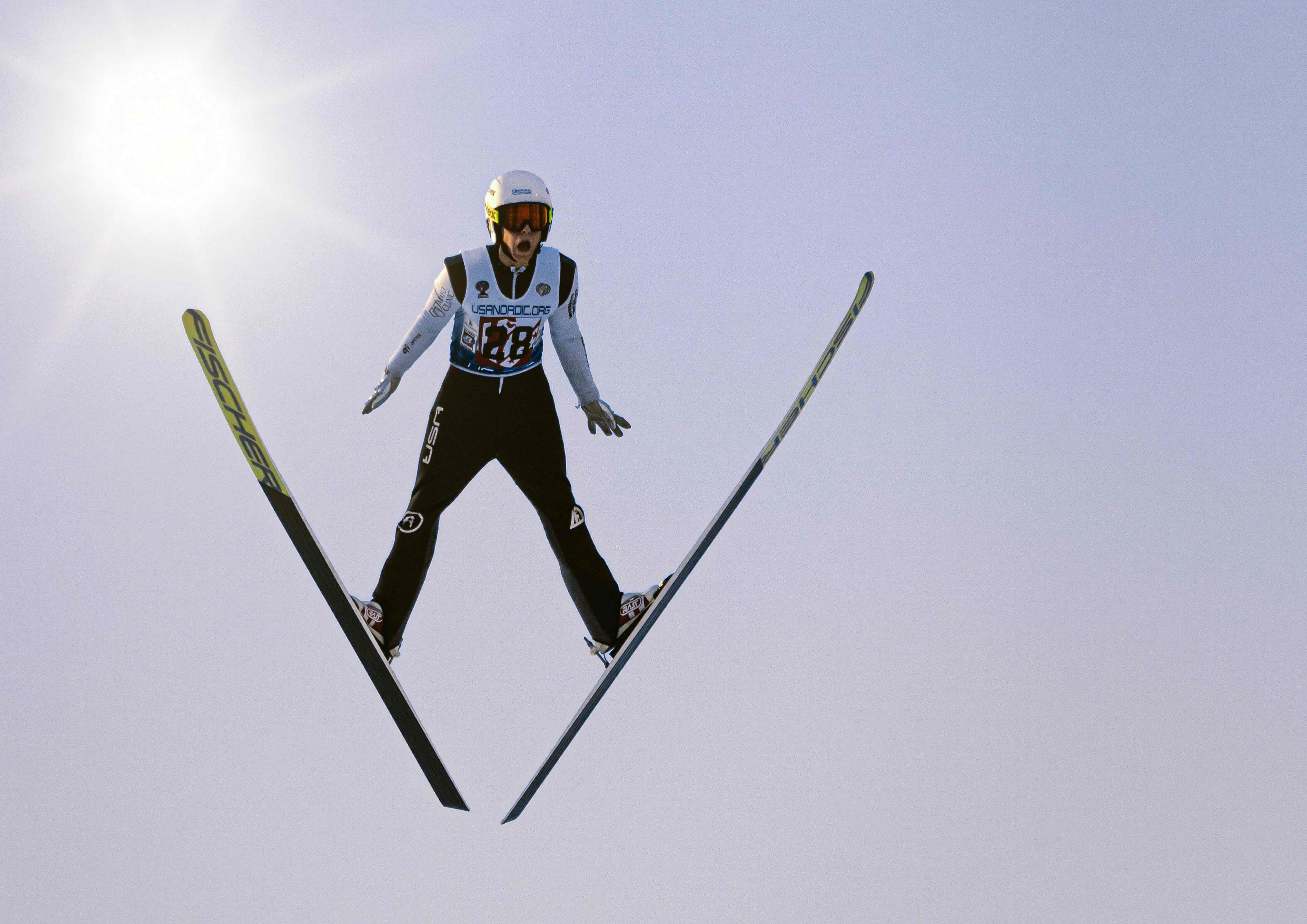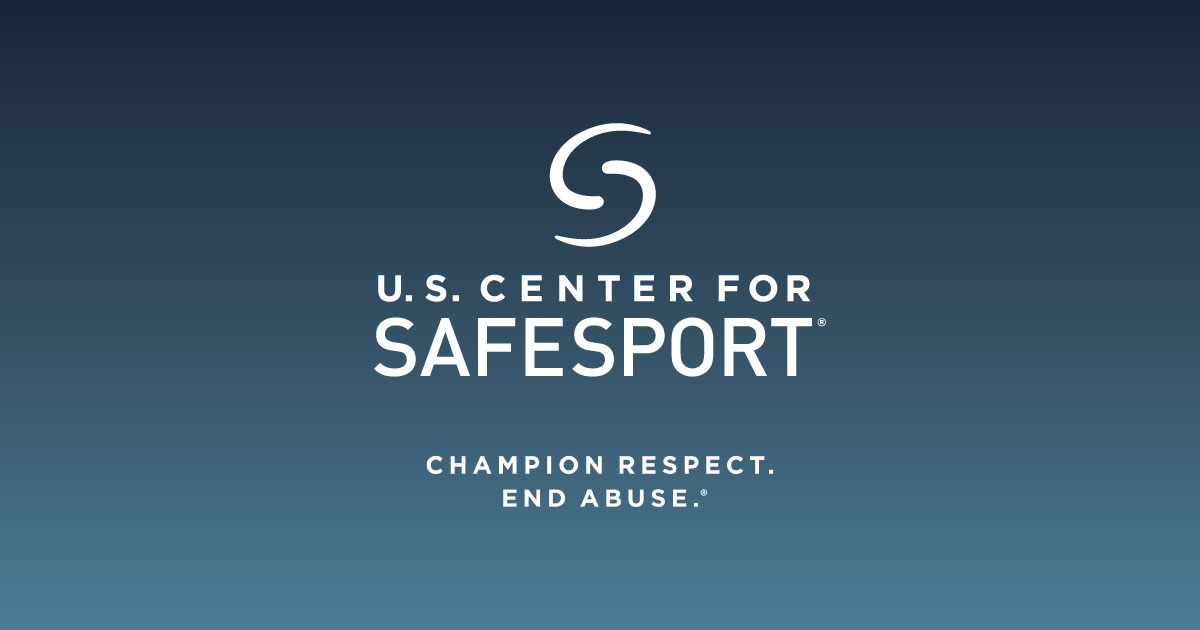

An overwhelming number of reports continue to surface regarding coaches sexually abusing their athletes across all sports. Most of the time, the comments section on the stories is filled with hundreds of remarks casting judgment on the survivor. As these survivors are frequently children and teens, comments also ascribe shame and blame to the parents as well. Although writers across academia, journalism, and advocacy groups detail the constructs and impacts of victim blaming, it still continues.
The occurrence of victim blaming and family guilting extends from sexual misconduct and grooming in sport to child and sexual abuse as a whole. This harmful phenomenon is facilitated by the culture surrounding sexual abuse, which is an epidemic in and of itself. Survivors already face extreme adversity and often retraumatization in the disclosing, reporting, and justice seeking processes. In particular, the disclosure of sexual abuse is an exceedingly emotional and challenging task, which the majority of survivors do not engage in for a variety of complex interpersonal and societal reasons.
“Only 26% of child sexual abuse survivors disclose to adults, and only 12% disclose to authorities…and less than 5% of all cases are found to be intentionally fabricated.” For these survivors and families who have bravely come forward, victim blaming and parent shaming only further compounds the harm experienced for survivors and their loved ones.
Who is to “blame”?
No one other than the perpetrator is responsible for sexual misconduct or abuse.
Not the victim, not the parent. It does not matter if the victim was an adult or of consenting age, what the victim was wearing, or if the parents were the most or least involved.
We can only control our own choices and behaviors. These include our obligations as individuals and organizations in how we proactively create a safe culture in sport and react to survivors by addressing the issue of sexual misconduct and abuse in sport pre- and post- abuse. When we do not respond thoughtfully to survivors or enact consequences to perpetrators, we give passive permission for harmful behaviors to occur and for more people to get hurt. How we address sexual abuse truly matters. This was exhibited center stage in how the public and federations responded to Rubiales’ behavior.

In the sporting context, athletes are unable to properly give consent to coaches, trainers, or others in positions of authority in the sporting context as a power imbalance is at play. When a coach or trainer has power over an athlete, they have the authority to determine a large extent of the athlete’s future. Athletes cannot freely give consent without fear of repercussion as they do not have equal power in the relationship. This is similar to a student/teacher relationship or an employee/employer relationship, both of which scenarios have safeguarding rules in place to protect the individual who is not in a position of power. Even if the athlete is of consenting age legally, the power imbalance is still in effect.
This power dynamic in the coach-athlete relationship can make it even more complicated for the athlete, parents, and outside observers to perceive and acknowledge when misconduct or abuse occurs, as the coach has been categorized as a trusted and safe individual. In the athletic environment, coaches are often pedestaled and positioned with many types of power and are deeply revered and respected. Therefore, the inappropriate behavior can often fly under the radar, be dismissed, or become hard to fathom or accept.
When healthy and appropriate boundaries are established as norm between everyone in the sporting community, athletes and coaches alike are more protected from potentially obscure or inappropriate relationship dynamics. Setting these behavioral standards keeps everyone on the same page and provides a standard from which to compare occurrences to expectations and guidelines. This can help make it clear who is following a code of conduct and who is responsible and accountable for deviating from best practices in the coach-athlete relationship.
Why do people feel the need to blame?
When information comes out regarding a situation that does not align with our expectations, our brains try to make sense of the conflicting information. It can be very hard to recognize and accept duality within ourselves and among others; people can be both ‘good’ and ‘bad’, and make both good and bad choices. As survivors, family, community members, and outside observers, it can be hard to acknowledge that even the most esteemed coach could cross such boundaries and hurt an athlete.
Therapist and author Nedra Glover Tawabb details how this inner conflict often results in considering one’s own connection with the abuser if this duality can not be integrated. The natural conclusion can become “the only way for me to live in this relationship is to deny what is being said, because I can’t believe this and continue.” Therefore, observers may reject the report of abuse, blame the victim and their parents, and continue supporting the perpetrator directly or indirectly.
Other studies suggest people blame the victim as a means of self-protection. Hypothetically, if you can blame the victim, you are implying there is control over the event, and that you could then protect yourself from the same unspeakable misconduct or abuse. However, the reality is that anyone can be the victim of sexual misconduct or abuse, and that the only one with control over stopping the behavior is the perpetrator.

Psychology Professor Sherry Hamby of the University of the South suggests that another factor contributing to the propensity to blame the victim is the just-world hypothesis. Holding the view that we live in a just world makes it hard to see that the world is not fair and that bad things do indeed happen to good people. We are not all in control of our destiny; we are only in control of our choices.

Omnipotent parents, with the ability to protect their children from every evil in the world, do not exist. Mothers specifically are usually subject to harsher criticisms of “failure to protect” due to gender paradigms and common discourse on motherhood prevalent in society. This is also where other parents often get caught buying into the defensive attribution theory, interpreting the misconduct and abuse as controllable. In thinking that you would have known if misconduct or abuse was occurring and been able to stop it, blame is placed on other parents that did not know about abuse happening.

The bottom line, however, is that grooming can take place in any sport, to athletes of all backgrounds, with the most, least, and just-right involved parents, and can happen right under your nose. Parents and caregivers are also susceptible and can fall victim to grooming tactics from perpetrators, including manipulation, special attention, coercion, and threats. And, to reiterate, the only person responsible for the misconduct or abuse is the perpetrator. Similarly, we do not blame parents when teachers have inappropriate relations with their students.
Why are victims of grooming more likely to be blamed?

Studies show that victims experience different levels of victim blaming depending on the logistics and types of sexual misconduct and abuse they experienced. Research indicates that victims are less likely to experience victim blaming if they, for example, have “no connection to the offender, have not communicated with the offender prior, [and] provide forensic samples.” Victims of grooming in particular are more likely to be blamed because the abuse and misconduct they endured does not conform to an unattainable and invisible set of standards from a more classic abuse narrative. Grooming rarely leaves physical evidence, occurs in familiar areas, and a foundational relationship is present. Moreover, the perpetrator, like a coach, does not fit with the stereotypical offender profile, also increasing victim blaming.
Grooming is covert, manipulative, and subtle. The stages and processes of grooming can be extremely hard to recognize as a victim and as a third-party observer. Often, survivors and witnesses identify the abuse after misconduct has begun or in hindsight after the abuse has stopped. In sporting circumstances in particular, an athlete may not know they are a victim for a long time as patterns of unhealthy dynamics slowly escalate. Athletes and parents have trust and confidence in the coach; therefore, it’s not top of mind for athletes or parents to suspect misconduct or abuse from the esteemed in power.
What are the impacts of victim blaming and parent shaming?
There are no benefits or upside to victim blaming or parent shaming. The cognitive plights that may lead us to blame and shame do nothing to eliminate the issue of sexual misconduct or abuse, or promote a safe and healthy culture in sport or society at large. Rather, these actions invalidate the experiences of survivors and compound the internal blame and shame they may already be experiencing. Parents already face complex emotions of grief, anger, and confusion, supporting their child through such traumas. Sexual misconduct and abuse are costly public health issues and these hurtful comments and behaviors reinforce the trauma rather than support the survivor in their healing journey. Moreover, the victim blaming and parent shaming decrease reporting and shift attention and spotlight away from the perpetrator recognizing their sole accountability. Responses to survivors and their caregivers should instead be trauma-informed and come from a place of empathy and compassion.
Call to Action
Since we are not in control of the choices and behavior of others, it’s our duty to create safe environments within sports and our culture at large. Until that safe environment is created and perpetrators stop abusing, “we have to do everything we can to mitigate the risks of child sexual abuse, which includes educating children themselves.”

Contributing to eliminating sexual abuse in sports looks like spreading education and awareness of the issue and upholding best practices in your sporting community, not pointing fingers at victims and parents. By having more stringent hiring practices and education for coaches and athletic staff, learning how to intervene as an active bystander, and spotting unhealthy relationship dynamics such as grooming, we can all make a difference. Agreeing to a code of conduct that outlines behavioral norms and expectations also helps proactively safeguard athletes. These are actions that anyone–athletes, coaches, parents, organizers–can take to help reduce stigma and reform sport culture to keep us all accountable and protected. These are conversations about safety, not about sex.
Practicing empathy also helps promote positive changes in sport culture and mitigate the impacts of sexual abuse. Holding empathy has been proven to decrease the desire to victim blame, as it helps one imagine being in the role of the whistleblower. Empathy can look like emotional resonance, cognitive problem solving, and/or compassion. Empathy supports us all to feel safe, establish emotional connections, and collaborate on solutions.
Questions to consider:
First amendment rights and public discourse of issues are of extreme value to hear voices of others and the collective. We, too, must be cognizant that the written word has a great impact on societal consciousness and individual mental health. As siloed opinions and echo chambers can arise from the ability to send instant feedback, perhaps we could all consider the following questions before sharing comments in an online setting.
- What are the benefits of the comment sections on social media and press postings, and what are the costs?
- Would you say your comment to the person directly in real life? Are you saying things behind the veil of your computer that you would not say in real life?
- Is your comment helpful or hurtful?
- Survivors, how can you be mindful of caring for yourself in the world of free speech?
Kathryn McClain, MSW, MBA
Program and Partnerships Director at #WeRideTogether
.jpeg)



